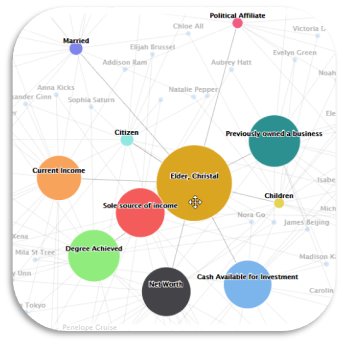
Franchisors infamously have a lot on their plate. Not only do they have to navigate how to manage franchise owners or negotiate complex franchisor responsibilities, they also have to think long and hard about franchise territory development. Territory development involves a subtle balancing act. Franchisors must never attempt to overcrowd the market while optimizing serviceability. Getting the balance right is difficult. If a franchisor stays organized and carefully negotiates the inevitable difficulties, they will reap the rewards.
As a franchisor, it’s best to study your development initiatives from every angle. This help to guarantee business growth that’s both sustainable and lucrative. Franchise territory development, requires a thoroughly thought out strategy. Project management software may be your lifeline for keeping your strategy manageable.
Most successful franchise territory strategies follow these four simple steps:
Market Research
You should do market research on the consumer profiles of your franchise. To help consolidate your franchise territory development strategy. Consumer profiles should include your consumer’s average age, gender, and income as well as an overview of their consumption habits. Market research is a great tool for finding out what makes your customers tick. It helps you choose sites for ongoing franchise development, but it can be tricky. Stay organized and make sure you have a good marketing team to assist you. Your franchise operation is only as good as the data you source. Make sure the data is exactly right. Use the data to your advantage and help your team target your consumer profile.
Choose Sites for Your Ideal Customer
When you know your consumers and their habits, you can develop your territory. Your ideal customer may spend time in and around shopping malls, sports grounds, or trendy urban areas, depending on your target demographic. Only agree to expand the franchise to sites that your consumer visits or lives in close proximity to.
Don’t Cannibalize the Market
When you allocate your franchisee a territory that is close to another you cannibalize each others growth. This has negative repercussions for two reasons. First, it may cause a degradation of profitability in both franchise sites. Second, it may halt the overall growth of your franchise. This cannibalization could dissuade potential franchisees from partnering with you. No one wants to slow sales down.
Franchisees partner with franchisors because they get proven pre-existing, successful business model and have support from their franchisor. If franchisees see that they might have to compete with each other as well as the rest of the market, they may choose not to partner with you. Be conscious of the pitfalls of overcrowding the market. If you are in doubt, remember that the tortoise beat the hare.
Always Consider Serviceability

If you foresee accelerated demand for your franchise’s do not opt into any territory agreements that cover too small of an area. Again, before you move forward you must be sure not to cannibalize the market. Patience is key. If you are unsure move more slowly. Once you know the demand better be ready to act and act fast.
Be careful not to award too large a territory to franchisees. Do not award your franchisee any area that is simply too big for them to service. Always consider your aspirations for future development. Weigh the consequences of accelerated demand when allocating franchisees their territories.
Shutterstock image by New Design Illustrations and by Francesco Scatena













